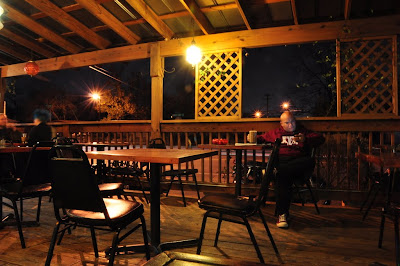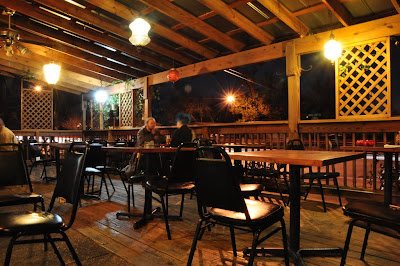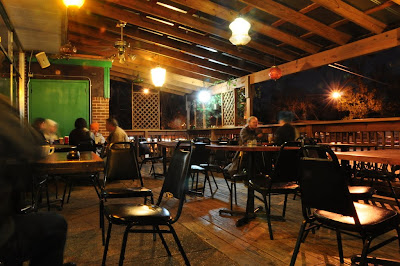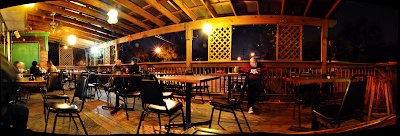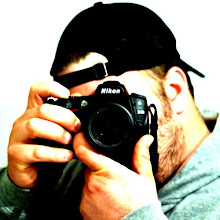My upper receiver, bolt carrier group, and charging handle arrived 2 weeks ago, I just never got around to taking photos and making a post about it. I decided to make this post a combination of those items plus the rear sight, which is probably good because a post only about installing a rear sight sounds a bit boring.
I also ordered some tools to aid in the rest of the build, as they're pretty necessary beyond this point, especially for the barrel, handguard, and associated bits . I got a set of vise blocks, for both the upper and lower receivers. In addition, I ordered a front sight tool (the screwdriver handle type), a headspace gauge, a bolt catch punch, and some aluminum black for the small scratches I made at the front of the bolt catch pin channel the first go around. I also stopped by Harbor freight and picked up a clearance sale bench vise for a cool $6.
First order of business was to replace the bolt catch pin. I do realize that it is not absolutely necessary to build an AR, but the lower receiver vise block (in a vise) makes installing the magazine catch (and pretty much any other work on the rifle)
immensely easier. I popped out the old mangled pin, started the new one in, lined everything up, and presto! What took me 20 minutes to do improperly the first time took me a brief 2 minutes the second time around, done properly. I swabbed on the pale blue transparent Aluminum Black onto the scratches. The bits of shiny silver turned black before my eyes, and were completely gone within a few minutes. That aluminum black is neat stuff.

The receiver/bolt carrier group/charging handle require very little in the way of assembly. The biggest challenge was getting the charging handle in just right to ride in the channel. After that, the bolt carrier group slides in behind it, and that's it. I'm learning during this process that the AR is a cleverly simple design. Things go in only one way, and retention is as simple as possible.
Once put together, I installed the upper reciever on the hinge pin, lowered it down and closed the takedown pin, and WA-LA! It seems to me that the most difficult part of assembly is installing the barrel and (because it's free-floating) the handguard. The barrel will be a full assembly, but will necessitate a dissassembly due to the fact that (a) the barrel nut has to be changed out, and (b) the handguard requires the removal of the front sight/gas block for installation.

And that brings us to the arrival of my rear sight today. I ordered the Matech 600m BUIS (Back Up Iron Sight) from Botach Tactical, as they've got it on sale for about $50. I'm a fan of small apertures (My Mosin-Nagant 91/30 has aftermarket aperture sights, and I've swapped the aperture inserts for the smallest ones available), so this sight seems well-suited for me.

I installed the sight onto the rearmost slot of the picatinny rail per the instructions. Funny thing about the instructions - they dont' say how to get the sight flipped up from its folded position. I poked, prodded, pushed, and pulled everywhere I knew how. The internet is scarce on instructions of how to do this as well. Doing a Google search, I only got as far as "matech si" before the first option in autocomplete became "matech sight instructions". Apparently, I'm not the only one who has been confused by this. I eventually found a reference to flipping the sight up with your thumb (as opposed to the folks who sell these and call it "one touch operation").

So, for those of you out there finding this page in a desperate search to figure out how to flip up your Matech sight, here it is: just pull up on it. It is held down by some sort of stiff detent, and requires considerable pressure to release. I guess this is good, since you don't want the thing to pop up in the middle of your vision during a firefight. It would be helpful if the manufacturer actually told you how to do this, though. The instructions that came with my sight start off with rail installation and jump directly into zeroing it in.
That's all I've got for you for now. The handguard is on order, and should arrive within a week. Unfortunately, I won't be able to do anything with it until the barrel, gas tube, and associated fiddly bits arrive. I figured it was better this way - if I'd ordered the barrel first, It would drive me nuts knowing that all it needed was the handgaurd.



